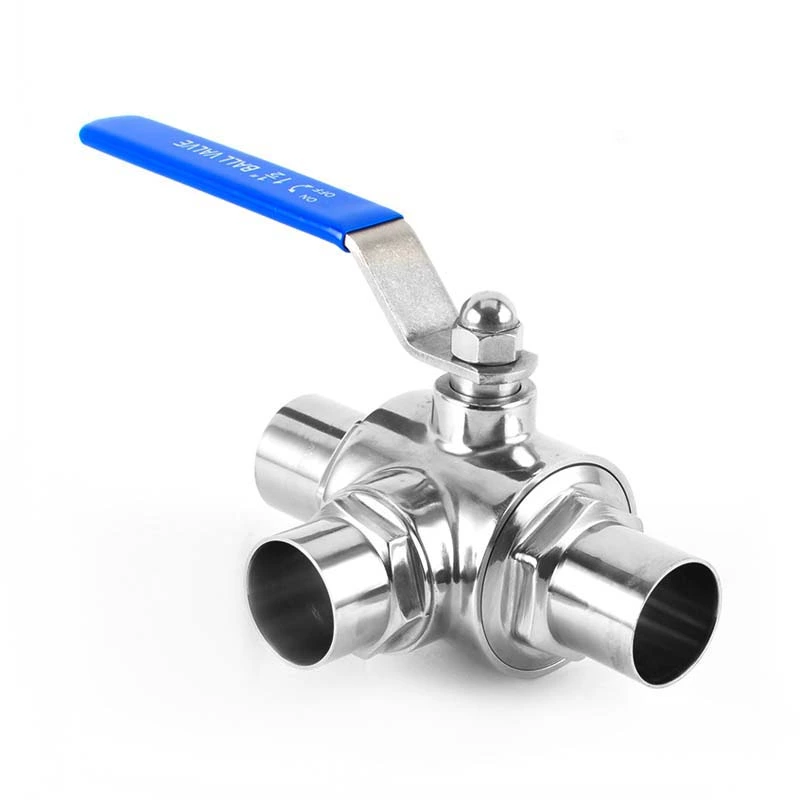Installation And Maintenance Precautions For Sanitary Valves
Sanitary Valve usually adopts standard electronic polishing, smooth surface to ensure cleanliness, no medium accumulation area, no potential pollution, and can meet the special requirements of various media in the field of food and biopharmaceuticals. Sanitary valves are used in the production of enterprises with relatively high requirements for sanitary levels, so they must be strictly followed during installation and maintenance. If they are installed and maintained according to ordinary valves, they may cause pollution to sanitary valves.
Sanitary valves are smooth, seamless, and automatically empty the manual fluid channel. They are also very suitable for steam stepping on it for on-site cleaning. The connection method of sanitary valves can be selected according to the working conditions. Threads, flanges, welding, clamps, ferrules, etc.; sanitary valves are strictly controlled in accordance with FDA requirements during the manufacturing process. Sanitary valves are designed by computer three-dimensional and are manufactured for GMP requirements.
1. Maintenance and installation of sanitary valves
1. Sanitary valves should be placed in a dry and ventilated room, and both ends of the path must be sealed to prevent dust;
2. Long-term storage should be checked regularly, and the processed surface should be oiled to prevent rust;
3. Before installing the sanitary valve, carefully check whether the mark is consistent with the use requirements;
4. During installation, the inner cavity and sealing surface should be cleaned, and the packing should be checked to see if it is tight and the connecting bolts are tightened evenly;
5. Sanitary valves should be installed according to the allowed working position, but attention should be paid to the convenience of maintenance and operation;
6. During use, the sanitary gate valve should not be partially opened to adjust the flow rate to avoid damage to the sealing surface when the medium flow rate is high. It is better to fully open or fully close;
7. When turning the handwheel when opening or closing, it is not advisable to use other auxiliary levers, and the transmission parts should be regularly lubricated; When using sanitary valves, the rotating part should be frequently oiled, and the trapezoidal thread part of the valve stem should be oiled.
